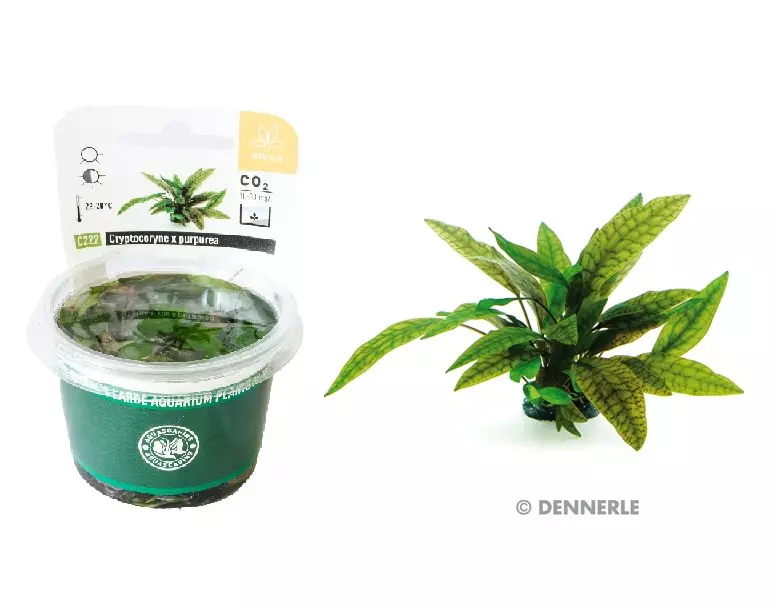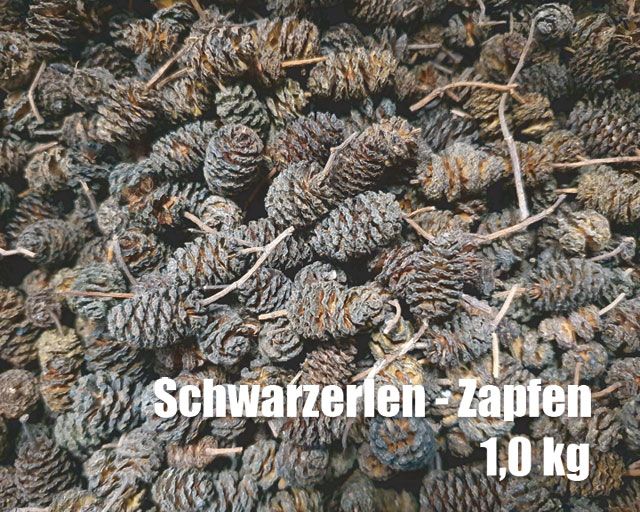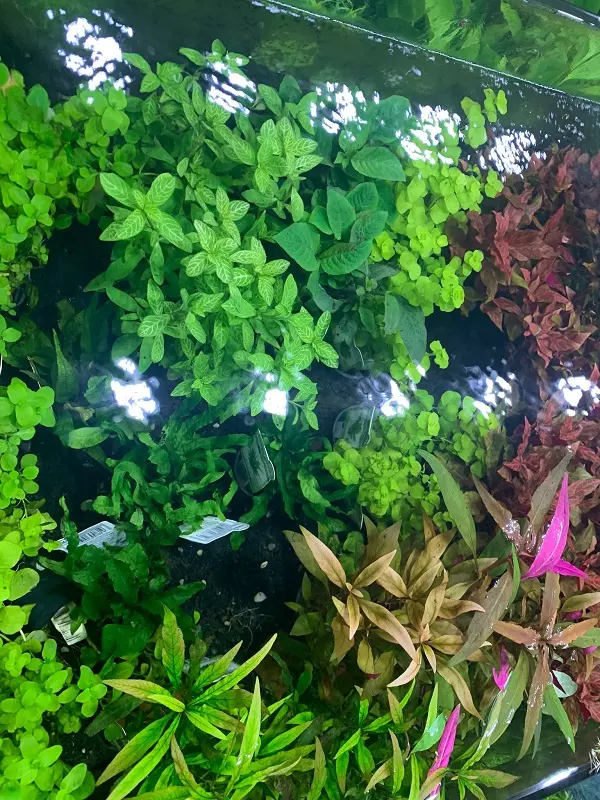

| Quantity | Unit price |
|---|---|
| To 4 |
CHF 15.90
|
| From 5 |
CHF 12.50
|
Stock: 0
Available in 1-3 days, acquisition time 14 days

Anubias barteri (Breitblättriges Speerblatt)
| max. Wuchshöhe | - 40 cm | Herkunftsland | Westafrika |
|---|---|---|---|
| Eignung | Barschaquarium, Gesellschaftsaquarium | Typ | Aufsitzerpflanze |
| Familie | Araceae | Gattung | Anubias |
| Vermehrung | Teilung des Rhizom | Wuchsgeschwindigkeit | langsam |
| pH | 5 - 9 | Wasserhärte | 0 - 30 °dh |
| Hinweise | Auf einen Stein oder eine Wurzel aufbinden. | ||
Anubias-Arten sind sehr langsam wachsende Sumpflanzen für den schattigen Bereich. Eine zu starke Beleuchtung vertragen sie auf Dauer nicht. Anubias barteri ist eine sehr variable Art mit abweichenden mehr oder weniger großen Blättern. Mit ihren dunkelgrünen, etwas festen Blättern wird sie häufig für Cichliden-Aquarien verwendet. In der Natur wachsen Anubias-Arten in schattigen bis halbschattigen Bereichen von schnell fließenden Gewässern, Teils im Spritzwasserbereich von Steinen und Wurzeln als auch halbuntergetaucht.
| Aquarium: | Community aquarium, Perch aquarium |
|---|---|
| Feature: | In the middle ground, Perennial plants |
| Genus: | Anubias |
| Growth: | slowly |
| Origin: | Africa |
| Properties: | Perennial plants |
| Stand: | In the middle ground |
0 of 0 reviews
Login
Customers also bought
Similar products
Customers also viewed





















